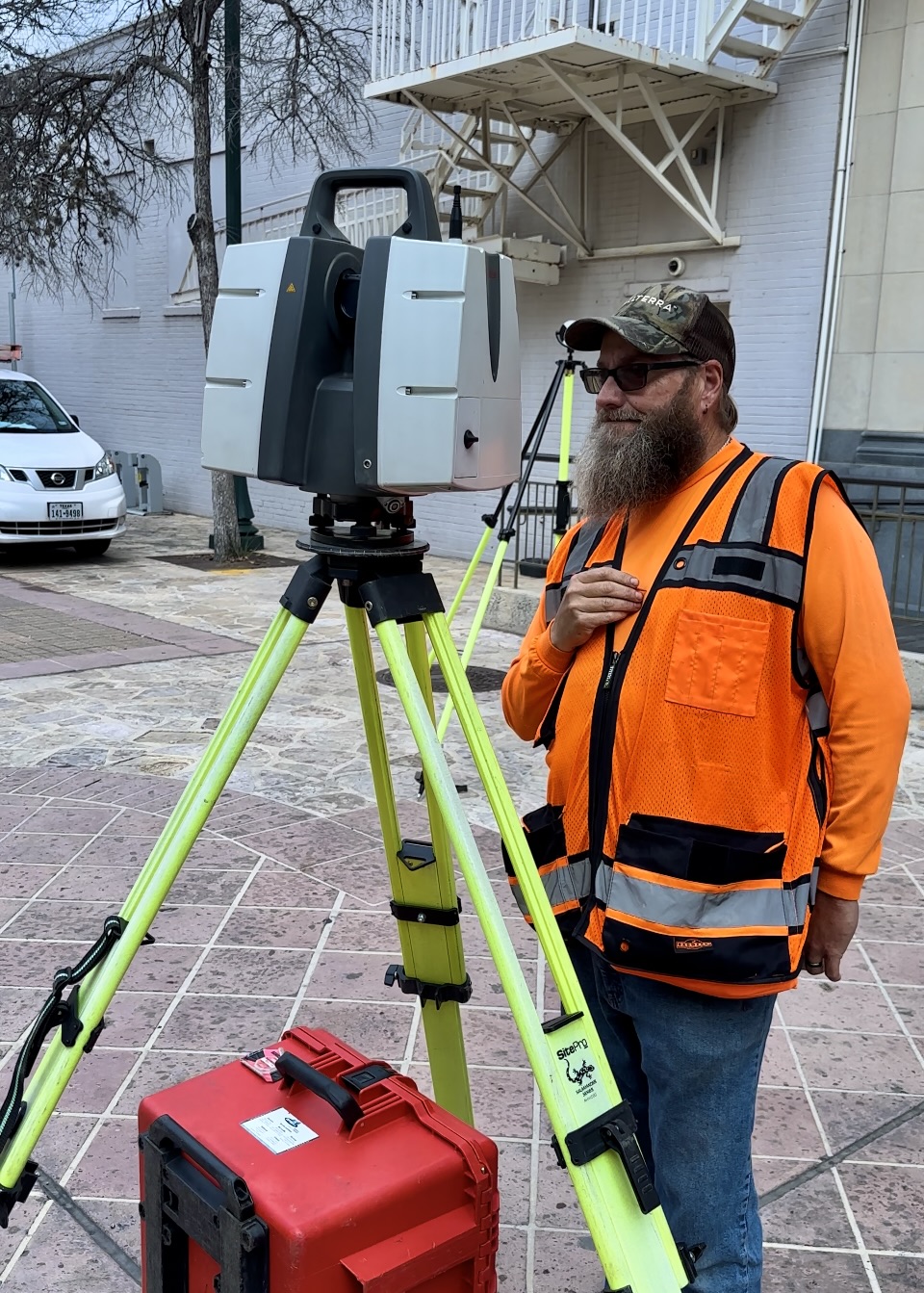Boundary Disputes: Retracing Intent of the Original Surveyor

Boundary disputes are common. So too, are survey discrepancies and disagreements among surveyors as to the precise location of property boundaries.
SURVEYS NOT ALWAYS RELIABLE OR UNDERSTANDABLE
Surveying is as much an “art” as it is a science. Surveying has sometimes been referred to as the “art of measuring land.”
Historically, surveying methods were crude and often imprecise. Even in more modern times, mistakes are made and the passage of time has caused some historical markers to change or disappear altogether.
Increased subdivision and transfer of land in both rural and urban areas is fertile ground for potential error and confusion. Typically, each time a subdivision or conveyance occurs, a new survey is made. Sometimes they align with historical surveys. On other occasions, they deviate significantly. These discrepancies often go unnoticed until a boundary dispute arises.
Getting to the bottom of the “true” boundary location can be challenging. Disjoined and confusing surveys can greatly compound the problem.
TECHNOLOGY AND SURVEYING
Like many fields, surveying has evolved through improved technology and better calibrated equipment. GPS coordinates and satellite-involved calculations have largely replaced the historical practice of identifying trees, rocks, and watercourses as surveying reference points or markers.
Texas surveying Rules recognize the importance of accuracy and precision in establishing boundaries, and expressly require that survey measurements “be made with equipment and methods of practice capable of attaining the accuracy and tolerances required by the professional land surveying services being performed.” See 22 Texas Administrative Code Section 138.83.
REFERENCE TO NATURAL OBJECTS REMAINS IMPORTANT
Yet, Texas law also makes clear that references to natural objects as historic monuments remains very important when ascertaining the location of property lines. So do the Rules of the Texas Board of Professional Engineers and Land Surveyors.
WHEN ASCERTAINING BOUNDARY LINES, THE “FOOTSTEPS” OF THE ORIGINAL SURVEYOR CONTROL
“When finding the lines of a survey, the cardinal rule is that the footsteps of the original surveyor, if they can be ascertained, should be followed.” Silver Oil & Gas, Inc. v. EOG Res., Inc., 246 S.W.3d 197, 204 (Tex. App.—San Antonio 2007, no pet.). “If the actual lines and corners run by the original surveyor can be found, they are controlling, even if they are inconsistent with the calls and references in that surveyor’s field notes.” Id.
“When one can locate on the ground with certainty and without inconsistency the objects or monuments designated by the original surveyor as marking the lines he actually traced, the survey must be laid out from those points.” Id.
WHAT IF THE ORIGINAL SURVEYOR’s “FOOTSTEPS” CANNOT BE ASCERTAINED?
When the objects referred to by the original surveyor cannot be located, or no longer exist, the analysis changes.
“…If the location of the actual footsteps of the surveyor cannot be established with reasonable certainty, all the surrounding facts and circumstances should be considered in order to arrive at the purpose and intent of the surveyor who made the original survey.” Id.
“When trying to re-establish a boundary, the law of legal preferences gives dignity to calls in the following order:
(1) natural objects;
(2) artificial objects;
(3) course; and
(4) distance.”
Unless the facts are undisputed, the location of a survey line, as it was run on the ground by the original surveyor, is a question of fact. TH Invs., Inc. v. Kirby Inland Marine, L.P., 218 S.W.3d 173, 203 (Tex. App.— Houston [14th Dist.] 2007, pet. denied).
“This is equally true where the dispute involves two competing surveys, each purportedly showing the same line in different locations.” B & P Dev., LLC v. Knighthawk, LLC, Series G, No. 04-15-00575-CV, 2017 WL 1161227, at *3 (Tex. App.— San Antonio Mar. 29, 2017, pet. denied) (mem. op.).


